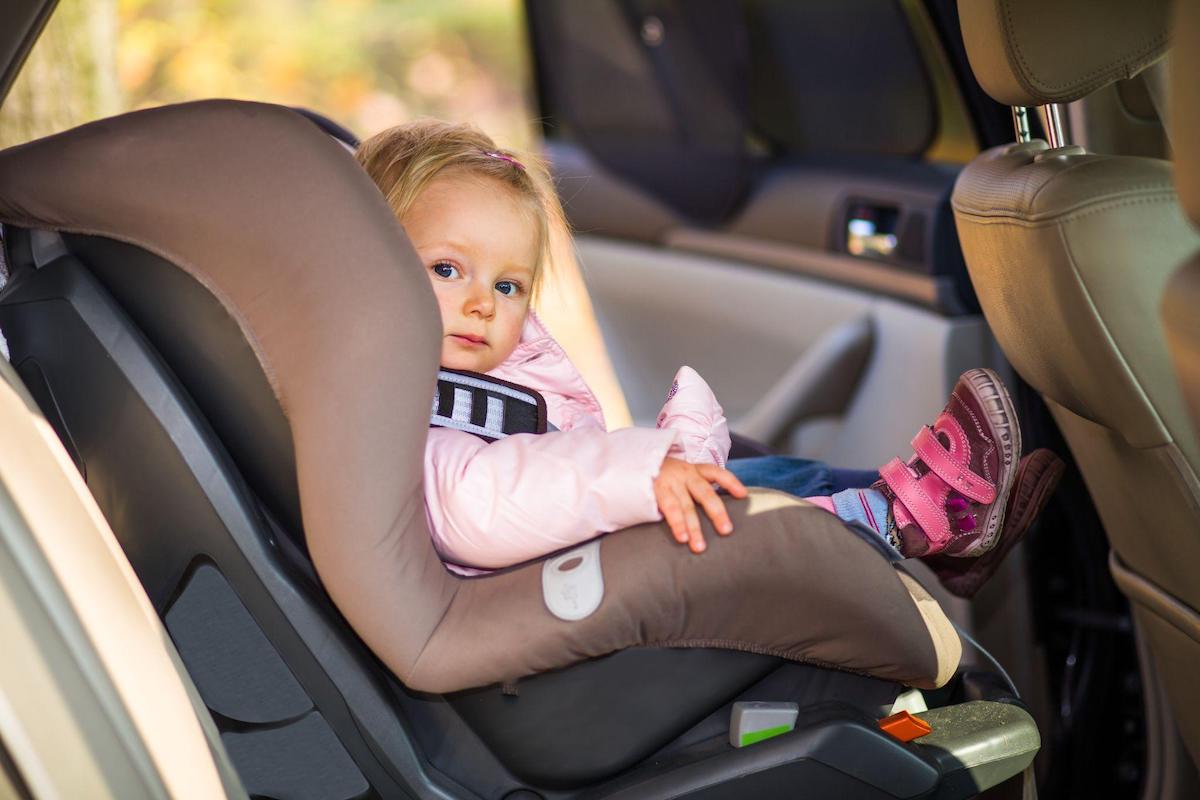
Choosing the Right Child Seat: A New Parent’s Guide
Choosing the right child seat is crucial for parents and guardians. It’s about fitting the seat in your car and ensuring your child’s safety, comfort, and happiness. With many options available, it can be overwhelming. Understanding the different types, safety features, and considerations is critical in making an informed decision that suits your family. Let’s take a closer look at the crucial considerations you should focus on to help you choose the best child seat for you.
Understanding the Basics
1. Types of Child Seats
Child seats come in various shapes and sizes, designed for different age groups and weight classes:
- Classic car seats: These are rear-facing seats specifically designed for newborns and infants. They provide support for your baby’s head, neck, and spine.
- Convertible seats: Convertible seats can transition from rear-facing to forward-facing, making them a versatile choice as your child grows.
- Booster seats: For older children who have outgrown their forward-facing seats, booster seats raise them to a height where the car’s seat belt can be used safely.
2. Safety Standards
Safety should be your top priority. Look for seats that meet or exceed National safety standards. These seats have undergone rigorous testing to ensure maximum protection for your child.
3. Installation and Fit
A child seat must be installed correctly to work. Choose a seat that fits well in your vehicle and that you can install and use correctly every time. Many stores offer seat installation demonstrations, and some fire stations or police departments offer free checks.
Classic Car Seat vs. Convertible Car Seat
When deciding between an infant-specific car seat vs convertible car seat, consider these key factors:
1. Usage Period
- Classic: These seats are ideal from birth until your baby reaches the seat’s height or weight limit, typically around 12-24 months.
- Convertible: designed to grow with your child, these seats can start in a rear-facing position for infants and then convert to a forward-facing position for toddlers and older children.
2. Convenience
- Classic: These are giggly portable, making it easy to carry your baby to and from the car without waking them. Many models are also compatible with strollers.
- Convertible: While they offer a more durable seat, they are not designed for portability. Once installed, they are meant to stay in the car.
3. Cost Efficiency
- Classic: This style of infant seat generally carries a smaller price tag, but will need to be replaced as your child continues to grow.
- Convertible: Spending a bit more upfront can be offset by adjustable features that will grow with your child.
Key Considerations
- Compatibility with your vehicle: Ensure the seat fits properly in your car. Check the height of the headrest and the seatback angles to ensure a comfortable position. Always ensure the seat belt is securely fastened. Follow the weight and height manufacturer’s suggestions before putting your child in the seat.
- Ease of cleaning: Choose a seat with a washable cover. Detachable cushioned seats and durable fabrics will make it much easier to clean up spills and stains.
- Comfort: Find a seat with padded seats that can be adjusted for maximum comfort. Check every angle of the seat for sharp edges or corners that could potentially harm your child.
To choose the right child seat for your family, do your research and compare the pros and cons of each product. Give serious consideration to your lifestyle, the type of vehicle you drive, and your budget. Prioritize safety, comfort, and convenience to ensure your little one’s well-being on every journey.
Photo by Mathom Courtesy of Shutterstock









